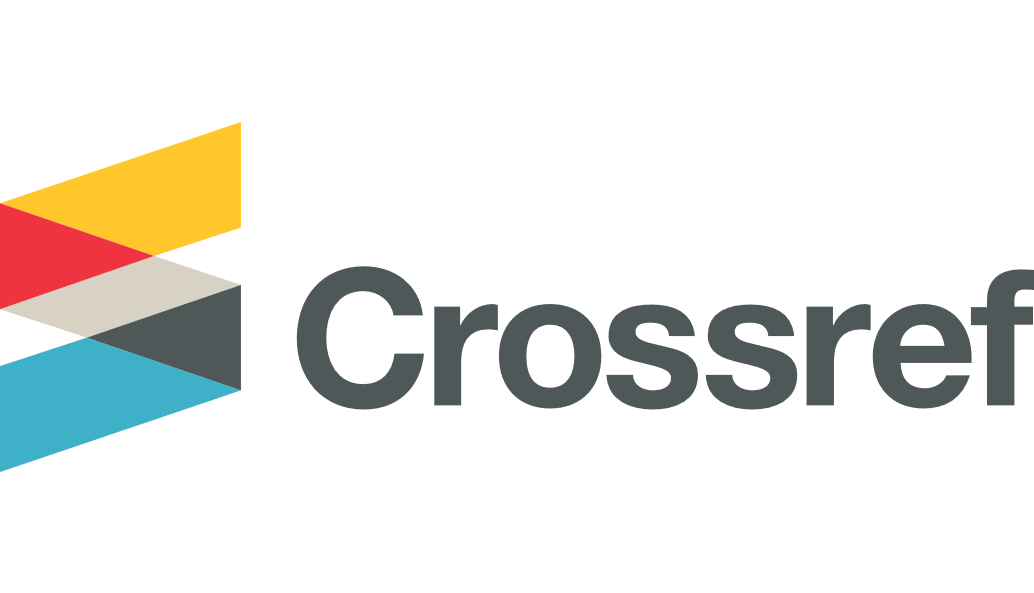Keywords
SARS-CoV-2, COVID-19, pandemic, testing volume, screening program, prediction factors
Disciplines
Family Medicine | Health and Medical Administration | Health Services Research | Medicine and Health Sciences | Public Health
Abstract
BACKGROUND Containing the highly contagious SARs-CoV-2 pathogen requires a safe and effective screening program. The aim of this observational cohort study is to analyze a regional testing center and identify factors predicting testing rates that direct supply and staffing needs.
METHODS A drive-through SAR-CoV-2 regional testing facility was created. Number of tests and positive results were collected for eighteen months. Data for testing demand was compared to positive results, percent positive rates (PPR), known external factors, and county PPR. Dissimilarities were contrasted with dynamic time warp and a detailed agreement analysis. The Grainger’s test was utilized to assess the degree of similarity.
RESULTS During the studied time, 44,877 tests were administered, resulting in 4,702 positives and a 10.48% PPR. Testing spikes occurred four times. Preceding month weekly fold-increases for testing (1.05+: p=0.0294) or weekly positives (1.05+: p=0.0294) predicted the ‘initial’ spike in testing the following month, but PPR increases (1.15+: p=0.1160) did not. Similar increases in weekly testing (1.05+: p=0.0269), weekly positives (1.05+: p=0.0023), and PPR (1.15+: p=0.0063) predicted ‘any’ spike in testing the following month. Testing center and county longitudinal PPRs demonstrated a dissimilarity rate of 44.16% (p
CONCLUSIONS Weekly testing and positive rate threshold increases predicted both ‘initial’ and ‘any’ peaks in testing, either due to COVID-19 variants or external pressures, one month in advance. Weekly PPR threshold measurements were not as reliable for initial spikes in testing. Similarity in PPR between testing center and county cohorts were seen beginning with the Alpha variant and ending at its vaccination-accelerated nadir. Understanding these factors allows for appropriate resource allocation for the remainder of this and future pandemics.
Recommended Citation
Franks AM, Bergeron S, Bannister T,
et al.
Observational Analysis for Predicting Initial Spikes in Testing Volume of Cohorts Inside and Outside of a Regional COVID-19 Screening Program.
Marshall J Med.
2024;
10(2)
DOI: https://doi.org/10.33470/2379-9536.1429.
Included in
Family Medicine Commons, Health and Medical Administration Commons, Health Services Research Commons


